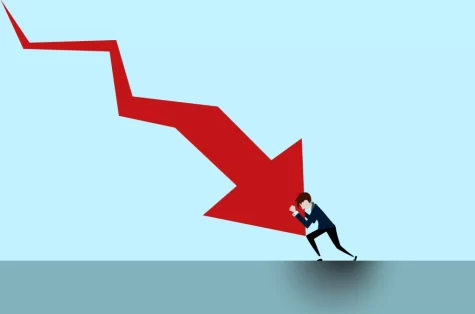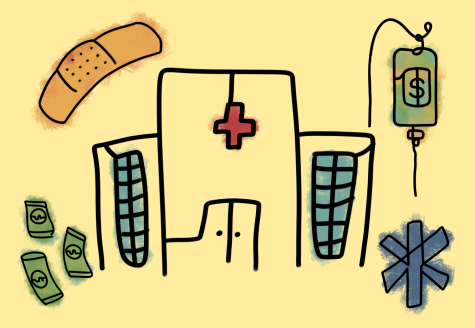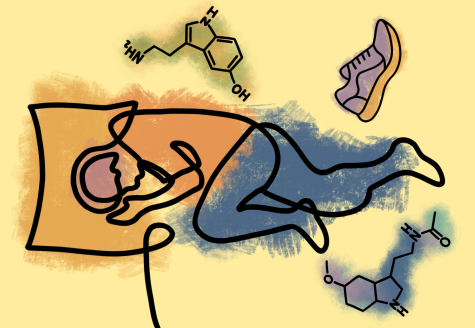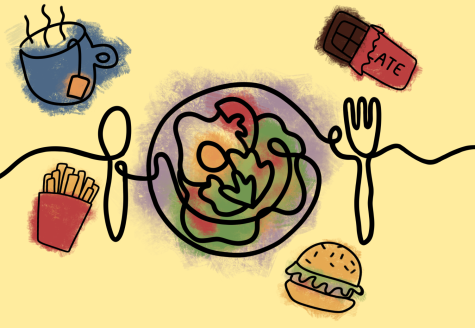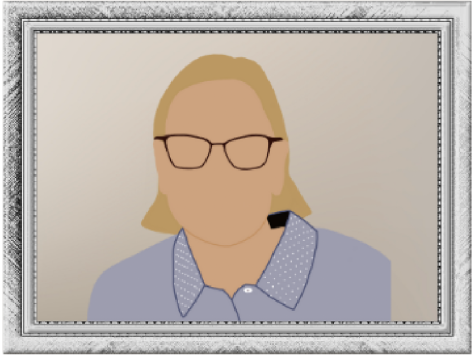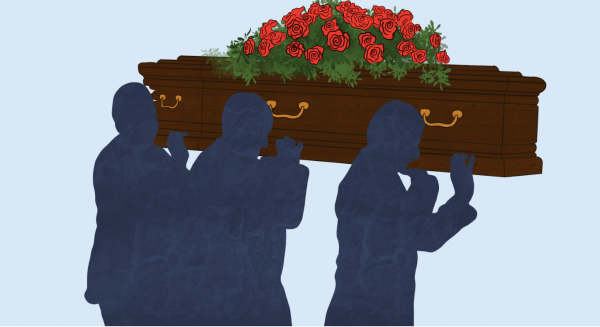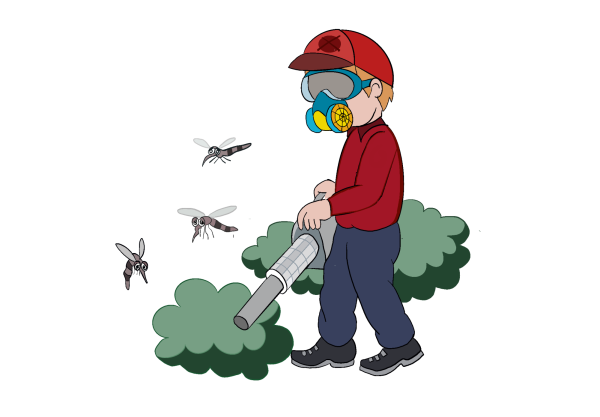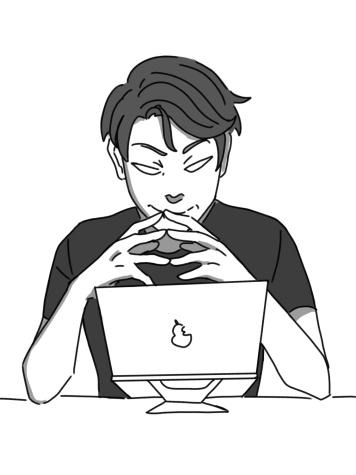Health: The stigma surrounding self-harm
Self-harm is not a choice, but rather a coping mechanism. Self-harm, the act of intentionally causing typically physical, but sometimes mental harm to oneself, is a behavior that has been stigmatized and misunderstood by media and society alike. Amongst teens who face numerous pressures and challenges navigating life between child and adulthood, self-harm can be particularly prevalent. Despite the struggles faced, the stigma surrounding self-harm and mental health only makes it more difficult to receive help.
According to the National Alliance on Mental Illness, about 17% of teens will engage in self-harm at some point in their lives. While intentions vary, many teens turn to it as a way of coping with emotional pain, stress or trauma. Others may do it as a way of gaining a sense of control when they feel overwhelmed or powerless. Many people who self-harm feel alone and isolated, when in reality that cannot be further from the truth. Countless people struggle with these issues, but they are not seen or heard.
Self-harm is a behavior that is often viewed as attention-seeking.While some individuals who self-harm may do so as a means of communication or seeking attention, the causes of self-harm are often complex and relate to deeper issues. It is critical to recognize that self-harm is a sign of distress and a cry for help, regardless of the underlying motivations. Those who engage in self-harm are in need of support and care, approach them with empathy and compassion to address the root causes of their behavior. We have to remember that they are human too, and that they deserve to be treated as such. No matter the reason, self-harm is a serious issue that requires attention and support. Unfortunately, the stigma surrounding self-harm can make it difficult for people, especially us teens to open up and seek help. The fear of being judged, misunderstood or labeled as “crazy” or “attention-seeking” can prevent many from talking about their struggles and seeking the help they need.
These stigmas around mental health are not only perpetuated by society, but also by media depictions of self-harm. Teen dramas and movies often portray self-harm in a sensationalized and more often than not unrealistic way, which only leads to further misunderstandings and stigma. Which in turn, makes it harder to talk about struggles and seek help, as the fear of being judged or criticized for your behavior only grows. Additionally, social media plays a large role in the stigmas surrounding self harm. While they may just be so called jokes, people do not realize the impact they have on a larger scale. Often, these jokes only push people further away from getting help, and they instead isolate themselves more, making it more difficult for them to receive the help they need.
There are many ways that we can reduce the stigma surrounding self-harm. Education and awareness about self-harm and mental health, for both kids and parents, needs to be increased. The lack of education is what often perpetuates these stigmas and stereotypes, and, with proper teaching, it could reduce many of the surrounding issues. Alongside that, we need to promote empathy and understanding. There is a need for safe spaces for teens to talk about their struggles, and to let them know that they are not alone. More often than not, all someone needs is compassion and support. The media depictions of self-harm need to be changed and promote both responsible and accurate portrayals of mental health issues. The removal of these depictions would help break the stigmas surrounding self-harm, and encourage more open conversations about mental health.
It is time to break the silence and end the stigma surrounding self-harm by embracing everyone with open arms regardless of their past.








